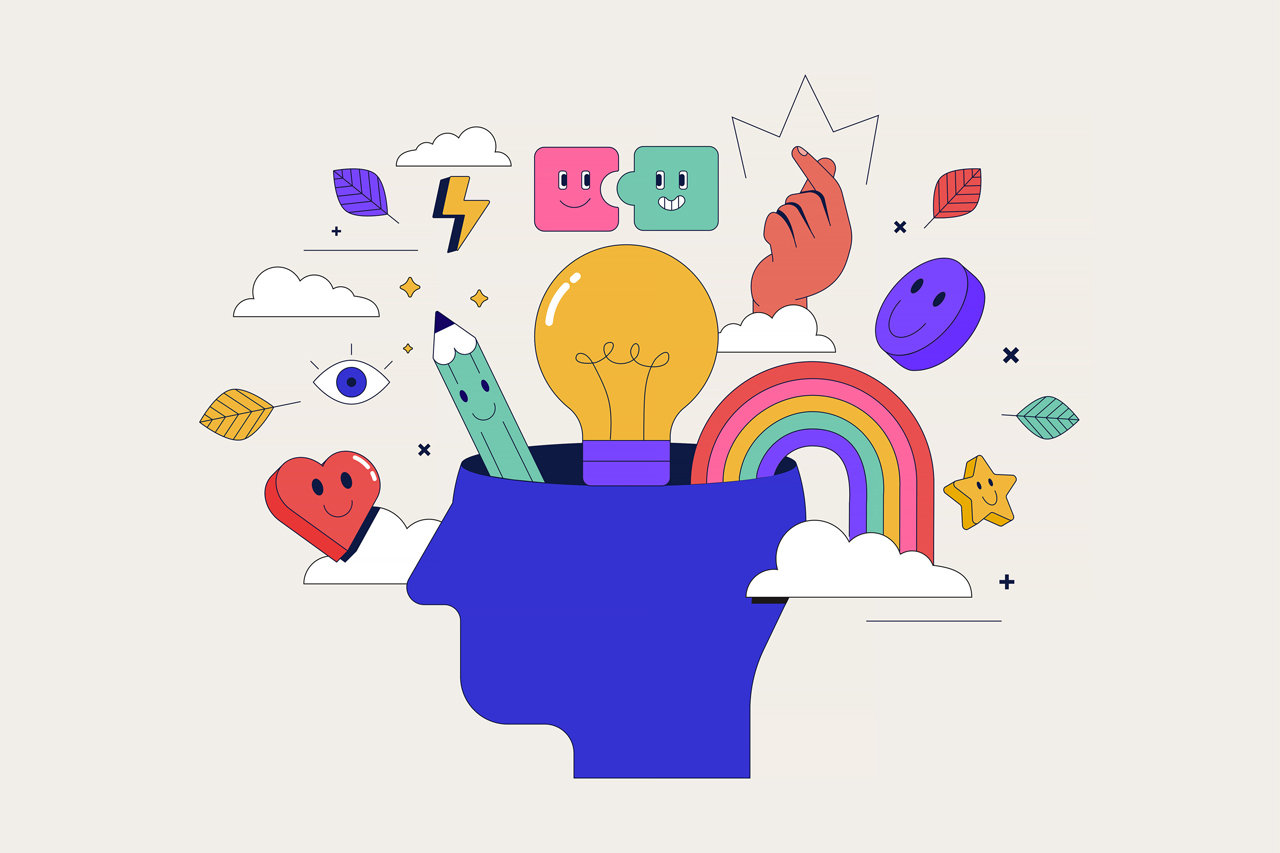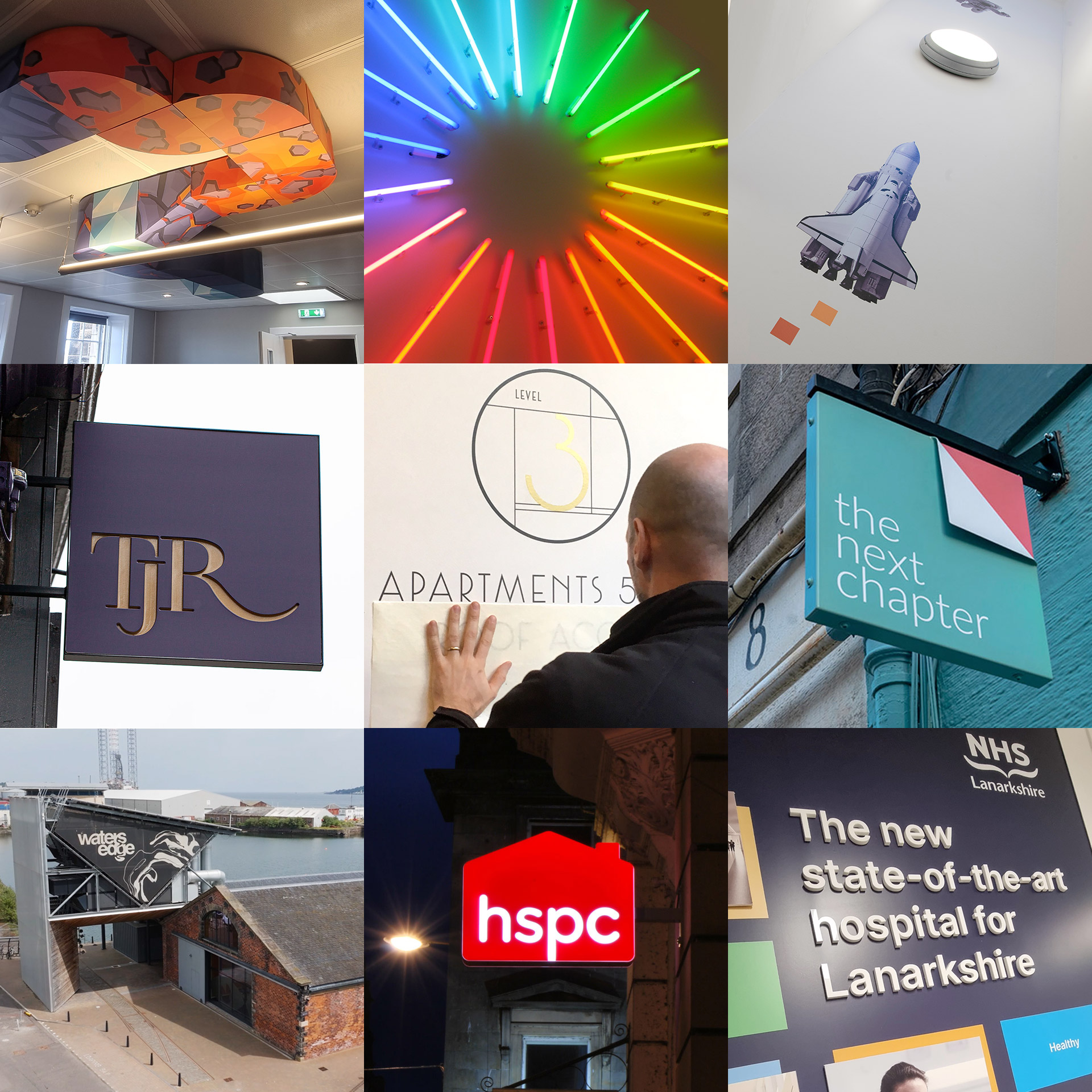Whether we like it or not, AI is now part of how most businesses operate. From automating content to analysing data and even chatting with customers, artificial intelligence is deeply woven into daily operations. But while AI can improve efficiency, it also creates a challenge: how do you keep your brand feeling human?
For UK businesses, this isn’t a small question. Audiences here tend to be especially sensitive to tone. If your brand comes across as cold, robotic or inauthentic, you risk alienating the very people you’re trying to reach.
So, how do you balance the speed and scalability of AI with the warmth and trust people expect? Let’s break it down.
For UK businesses, this isn’t a small question. Audiences here tend to be especially sensitive to tone. If your brand comes across as cold, robotic or inauthentic, you risk alienating the very people you’re trying to reach.
So, how do you balance the speed and scalability of AI with the warmth and trust people expect? Let’s break it down.
Why ‘feeling human’ still matters
Technology may be advancing, but people still want connection. In a market flooded with auto-generated content and AI-driven ads, the brands that stand out are the ones that feel personal, not programmed.
Trust is built slowly and often destroyed quickly. A slick AI-generated blog post might get a few clicks, but it won’t build long-term loyalty unless it carries real value and a tone that feels familiar, honest and grounded.
When people interact with your brand, whether through social media, your website or customer service, they’re looking for signals that you see them, hear them and care.
The problem with polished perfection
AI is very good at generating neat, grammatically correct content but that’s not always a good thing.
The most successful UK brands often have quirks. A bit of humour. A regional flavour. Slight imperfections that make them feel more like a person than a machine. These details matter.
Take Innocent Drinks, for example. Their playful tone wouldn’t work if every post read like it came from a corporate comms tool. It’s the odd pun, the local references, even the way they respond to complaints that keeps people engaged.
When AI smooths out every edge, your brand might start to feel sterile. That’s not what builds relationships and subsequent brand growth.
Let humans lead and AI assist
The key is using AI to support your brand, not replace it.
AI can help with:
- Drafting first versions of blog posts or emails
- Analysing customer behaviour
- Scheduling content across platforms
- Customising user journeys based on data
But the human element should shape the direction. Tone of voice, strategy, and final content should still come from real people. You don’t need to fight the technology, you just need to stay in control of it.
Some agencies are already helping clients build AI playbooks. Essentially brand guidelines that cover not just colours and fonts, but how AI should and shouldn’t be used. If you’re serious about staying human, having one of these is worth considering.
Be open about your use of AI
Transparency goes a long way. If you’re using AI in customer interactions like chatbots or automated responses then its best to make it clear. People mind less about talking to a bot than they do about being misled.
Some UK banks, such as NatWest, have been upfront about how their AI assistants work. They explain the limits of what the bot can do, and when a human will step in. That’s good practice. It shows you respect your audience and sets clear expectations.
Hiding the use of AI or pretending everything is written by a person can backfire, especially if the response feels off, or worse, inappropriate.
Show your people
In a time when so much content is automated, showing the people behind your brand builds trust.
This could mean:
- Featuring team members in blog posts or videos
- Letting staff sign off social media replies
- Sharing behind-the-scenes content
People connect with people. A photo of your warehouse team, a short interview with your founder, or a casual video update from someone in customer service can go a long way. It reminds your audience that there are real humans behind the brand. For small businesses in particular, this approach helps differentiate you from faceless competitors.
Design still matters
A human-feeling brand is all about words and visuals. This could include:
- Hand-drawn illustrations
- Non AI generated photography
Textures and imperfections - Fonts with personality
Colour palettes that reflect mood or meaning
It’s subtle, but it makes a difference. A website that feels designed by a person not a template gives the impression that care has been taken. And that sense of care is part of what makes a brand feel authentic.
A practical checklist
If you’re looking to humanise your brand in this AI-driven world, start here:
- Audit your current brand tone. Does it sound like a person would actually say it?
- Review your automated content. Look at emails, chatbot replies and social posts. Where could they be warmer or more specific?
- Create AI usage guidelines. Be clear with your team about when AI is helpful – and when it isn’t.
- Put faces to your brand. Show your team. Share your story. Don’t hide behind the tech.
- Engage in real conversation. Whether on social media or in support tickets, respond with empathy. Let people feel heard.
Final thought
AI can help you move faster and it can help you scale. But if it makes your brand feel distant or generic, it’s not doing its job properly.
Audiences value honesty, subtlety and warmth. If you can build a brand that uses AI smartly and without losing your voice, your personality or your people – you’ll not only keep up, you’ll stand out.





